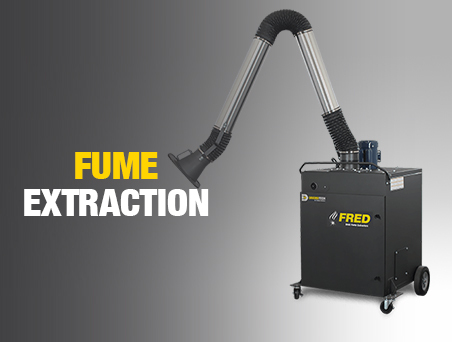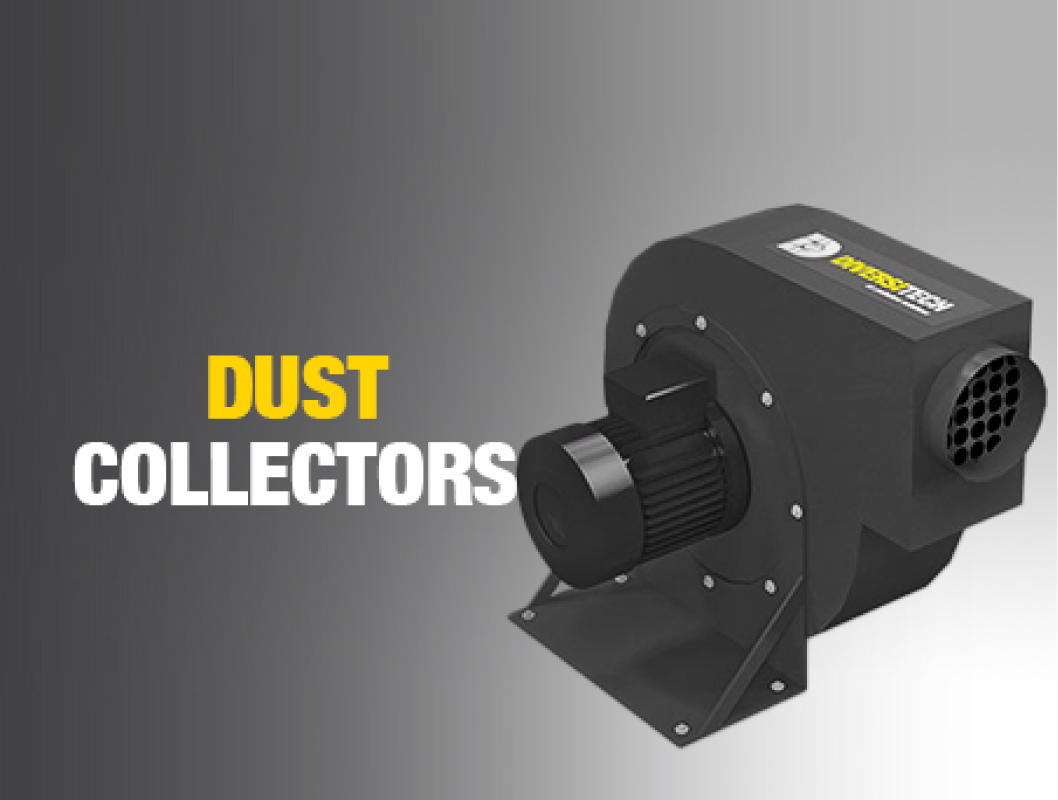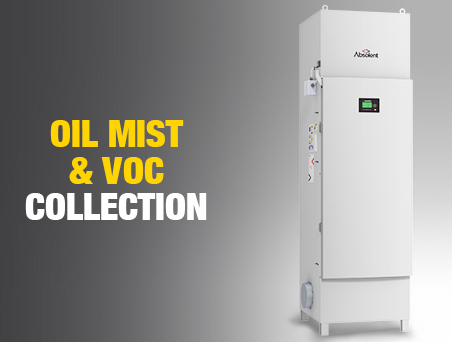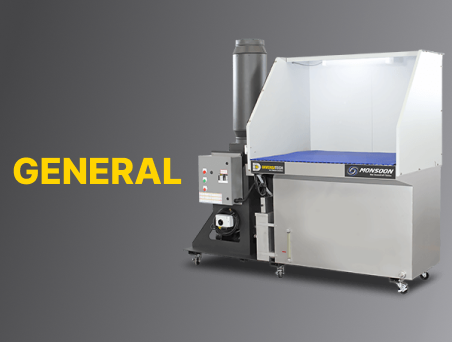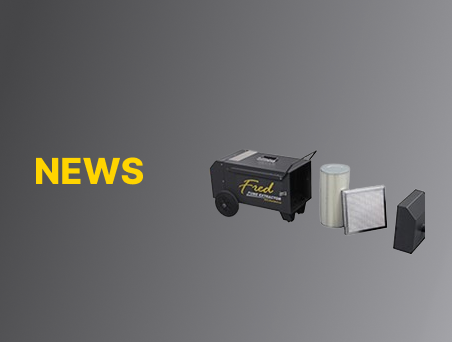In the industrial world, dust poses a constant threat to machinery and personnel alike. Dust can cause equipment malfunctions, decrease productivity, and even pose health hazards to workers. That’s why the development of dust resistant surfaces is a game changer for industrial materials that can benefit countless industries
The Problem with Dust in Industrial Settings
Dust can wreak havoc on all kinds of industrial equipment. It can clog filters, damage moving parts, and cause overheating. This can lead to costly repairs and downtime, affecting the overall productivity of a business. It’s commonly known that dust buildup can adversely affect the performance of combustion engines and electrical equipment. What may come as a surprise is that this issue goes beyond our earth and impacts interstellar research efforts. Lunar dust has put a stop to Apollo missions and Mars rovers by causing equipment malfunctions.
Inhaling dust can also pose serious health risks to workers. Dust particles can irritate the respiratory system and cause long-term health issues. In industries where dust levels are high such as manufacturing, mining, and construction, workers are at a higher risk of developing acute symptoms and long-term respiratory diseases.
Dust can also decrease productivity in industrial settings. When equipment goes down due to malfunctions or workers are exposed to health hazards, work is disrupted and efficiency is compromised. This can result in missed deadlines, increased costs, and a decrease in overall output
The Solution: Dust Resistant Surfaces
The development of dust resistant surfaces is a game changer for many industries. These surfaces are designed to repel dust and prevent it from settling on equipment and other surfaces. This not only improves the lifespan of equipment but also creates a safer and more productive work environment.
Table of Contents:
How Do Dust Resistant Surfaces Work?
Dust resistant surfaces are created using advanced materials and coatings that repel dust particles. Some of these surfaces are designed to be smooth and non-porous, making it difficult for dust to settle and accumulate. More recently, dust resistant surfaces have been engineered by altering the structure of material surfaces to be textured at the nanoscale but still appear smooth to the human eye.
Some surfaces also use electrostatic properties to repel dust particles. This means that the surface has a slight electric charge that pushes dust particles away, keeping the surface clean and dust-free.
How Dust Resistant Surfaces Support Effective Dust Collection
Dust resistant surfaces can significantly improve the efficiency of dust collection systems in industrial and manufacturing settings. Here’s how:
Prevention of Dust Build-up: Dust resistant surfaces prevent dust particles from settling on equipment and machinery. As less dust settles on these surfaces, more will be captured by downdraft tables and other dust collection systems. By increasing the amount of dust that reaches dust collectors, these surfaces help to improve the performance of dust collection systems.
Reduced Maintenance: With dust resistant surfaces, there is less need for frequent cleaning and maintenance of dust collection systems. This saves time and resources, allowing for more efficient operation.
Improved Air Quality: Dust collection systems are designed to remove airborne dust particles from the working environment, thereby improving air quality. Dust resistant surfaces minimize the release of dust into the air by preventing it from settling on surfaces in the first place.
Enhanced Equipment Longevity: Dust particles can cause damage to machinery and equipment over time. By preventing dust build-up, dust resistant surfaces help to extend the lifespan of industrial equipment, reducing the need for costly repairs or replacements.
Cost Savings: By improving the efficiency of dust collection systems and reducing maintenance requirements, dust resistant surfaces can lead to cost savings in industrial and manufacturing settings. This includes savings on energy, labor, and equipment maintenance expenses.
The Future of Dust Resistant Surfaces
As technology continues to advance, the future of dust resistant surfaces looks promising. Researchers are constantly developing new materials and coatings that are even more effective at repelling dust particles.
Some companies are also exploring the use of nanotechnology in dust resistant surfaces. Nanoparticles can be added to coatings to create a superhydrophobic surface, making it extremely difficult for dust to settle.
One group of Texas researchers at UT Austin published a study on dust resistant surfaces in early 2023. They collaborated with Smart Material Solutions, Inc. out of North Carolina to develop a new dust resistant surface technology. The fruits of their labor have the potential to revolutionize dust resistant surfaces as we know them.
The team engineered, in their words, “a surface that can clean itself”. The material that they created is visibly no different than any other smooth surface when viewed with the naked eye. However, on a nanoscopic scale the surface is packed with sharp, tightly corrugated ridges. The geometry of the surface does not provide enough contact area for dust to “grip” onto, so it can be removed without wiping, sweeping, or other forms of mechanical agitation. In other words, this dust resistant technology can work in harmony with existing dust collection systems for maximum effectiveness.
Originally developed as part of Small Business Innovation Research Program funded by NASA, the material is intended for use in aerospace applications to minimize machine damage from lunar dust. However, this technology has the potential to pave the way for uses in all kinds of environments like manufacturing facilities, laboratories, clean room facilities, and even household windows.
Industries That Can Benefit from Dust Resistant Surfaces
Mining
Mining is a dusty industry, with workers constantly exposed to high levels of dust. Dust resistant surfaces can greatly improve the safety and productivity of mining operations. By preventing dust from settling on equipment and surfaces, the risk of equipment malfunctions and health hazards is reduced.
Construction
Construction sites are also notorious for high levels of dust. Dust resistant surfaces can be used on construction equipment, vehicles, and even building materials to prevent dust from accumulating. This not only improves the safety of workers but also speeds up the construction process.
Manufacturing
In manufacturing facilities, dust can cause equipment malfunctions and decrease productivity. Dust resistant surfaces can be used on machinery and work surfaces to prevent dust from settling and causing disruptions. This can lead to increased efficiency and cost savings for manufacturers.
Agriculture
In the agricultural industry, dust can cause damage to crops and equipment. Dust resistant surfaces can be used on farming equipment to prevent dust from clogging filters and damaging machinery. This can lead to increased crop yields and cost savings for farmers.
Dust resistant surfaces are the future of industrial materials. They offer a solution to the constant battle against dust in industrial settings, improving safety, productivity, and efficiency. As technology continues to advance, the possibilities for dust resistant surfaces are endless, making them a valuable investment for any business.
Related Products
TYPHOON WX-3000

TYPHOON WX-5000

TYPHOON WX-6500

TYPHOON Central


